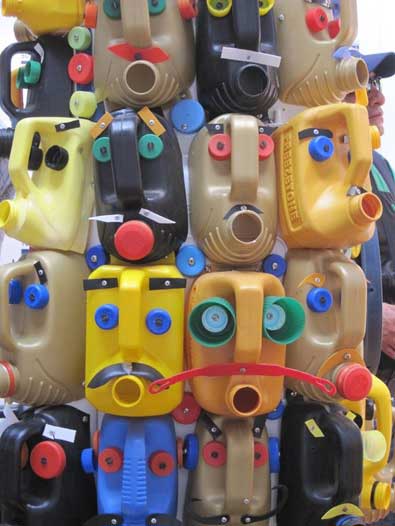Plastic is one of the most favourite forms of packings. Due to its highly resisting and nonreactive properties, it is preferred for packing solid, liquids, powder and semi-solid materials. Also, the treatment of plastic is very cost effective in comparison to other materials. The moulding process is very easy with minimum deformities. But in some applications, it becomes important to understand the behaviour before incorporating it into the production cycle. ESCR test is most widely performed test to ascertain the properties of the plastic material.
What Is Environmental Stress Cracking?
Physical conditions in the surroundings gradually start affecting the properties of the material. The external strain developed in the material may result in visible cracks. Ozone cracking is one such example. Due to ozone attack on the rubber, cracks start to develop across the surface of the material. In plastics, temperature attack and free fall impact are some factors that considerably damage the material. To test the plastic material for environmental stress, ESCR tester is employed.
To test the environmental stress cracking resistance, following test process is followed;
Testing Procedure
ESCR cannot be tested on final product, a sample is prepared for this. A rectangular strip of the intended production material is cut using a cutting die and punctured from the centre. This strip is further folded so that punctured point gets ample of stress due to the bent. This folded strip is placed inside the fixture and fixture is kept inside the borosilicate test tube. In this test, the sample is not immersed directly into the hot water. Instead, the tubes are placed in the hot water bath. The temperature of the bath is approximately 250°C. There is a stirrer in the hot water bath to keep the temperature uniform.
However, water is the preferred medium but in some cases, silicon oil can also be used.
ESCR tester has a station to hold the test tubes. This station can hold up to 6 tubes at a time, which means 6 samples can be tested efficiently at a time. The tubes are locked using corks so as to provide a confined space to specimens. If the tube were left to remain open, the air from ambience starts to interfere with the test.
It is important to estimate the environmental stress cracking resistance of the plastic packing. When used for critical contents like acid or cleaning agents that have a heating effect, should not affect the properties of the packing material.
